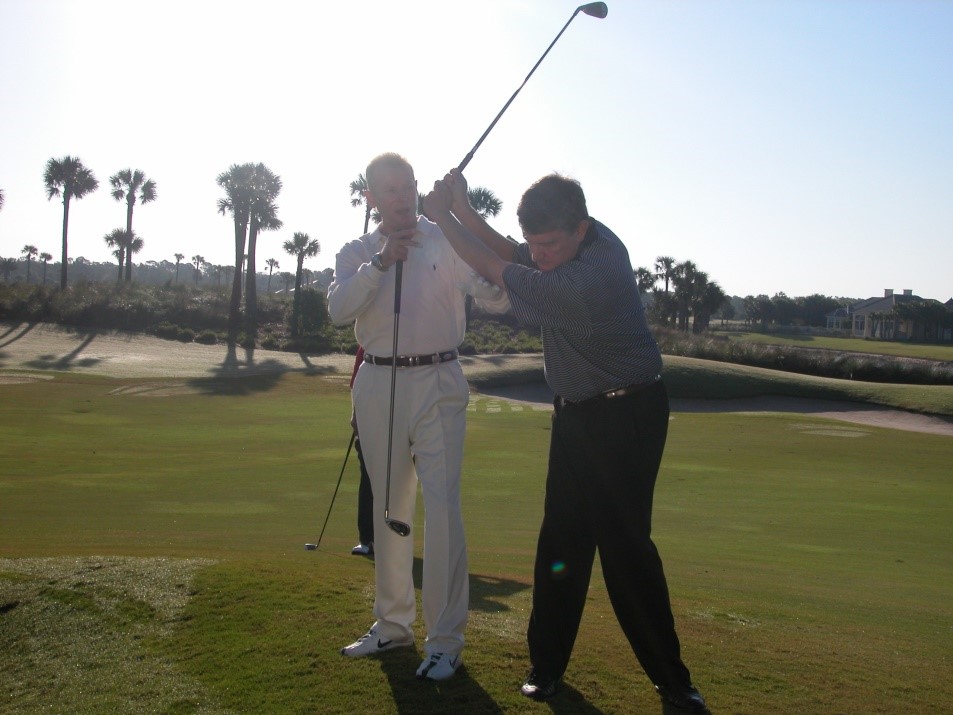Is There a Perfect Swing, And If There Is, Should You Teach It?

by Dr. T. J. Tomasi, Keiser University College of Golf Senior Faculty and Director of Research
It cost a million dollars + and took several years to complete, but the research by Ph.D.’s Alastair Cochran and John Stobbs produced a scientific answer to the question “Is there a perfect swing?” Their answer was no, and the book ends as follows: “They (golfers) know that there is no easy way. Golfers were not meant to live happily-ever-after.” In the early 90’s, Dr. Gary Wiren wrote the teaching manual for the PGA of America, the largest sports organization in the world, where he outlined the laws, principles, and preferences the game is based on – a learning model where most swing characteristics lie in the personal preference bucket.
In 1998, the book The LAWs of the Golf Swing, I and my co-authors made the point that golfers differ emotionally, physically, and intellectually. That said, to maximize any given player’s performance, you must make the student the centerpiece of the instructional experience – since everyone is different, there is not a perfect swing template; on the contrary, the swing type should be matched to the player’s body type. Subsequent to these books came a paper in 2005 entitled: “The Perfect Golf Swing: Dispelling the Myth” by Paul Glazier – University of Wales Institute, Cardiff and Keith Davids – Queensland University of Technology.
It is an interesting approach to learning and teaching the game, especially for those golfers who don’t want to go through the agony of a major swing change.
Ignoring the three books above, each of which argues that “one size does not fit all,” the authors contend that all golf instruction is based on “a perfect swing” methodology. This is a straw-man argument that only detracts from their scholarship. Still, there is a good deal to note if you are thinking about changing a golf swing.
Their basic points in their own words are as follows:
- “Swing to the variability in technique within and between golfers, the ‘perfect’ golf swing does not exist.
- “Instead of employing the ‘one size fits all’ approach, golf instructors should accept and even embrace a certain bandwidth of movement variability.
- “Far from being dysfunctional, this variability may be a reflection of the golfer attempting to satisfy the unique confluence of constraints impinging on performance in the best possible way.”
- “Golf instructors need to establish which constraints are the most influential in shaping the golf swing, together with the long-and short-term goals of that golfer, before deciding on whether to encourage or coach out ‘unconventional’ movement solutions or idiosyncrasies.”
Summary
The students in the three pictures below are all different from each other, which demonstrates my general belief about teaching golf: “The student must be the centerpiece of the instructional experience.” Swing theories are guidelines, physics is the overall controller, and general biomechanics of the human body must be understood, but it is the individual’s specific body, mind, and emotional characteristics that lead the educational parade and, as they change, so must the instruction.

A retired 70+ student

A middle-aged golf pro

A 13-year-old female
Your students are all different, so why would you teach them all the same?
If you’d like to study with Dr. Tomasi and other PGA Master Professionals, contact The College of Golf today.














